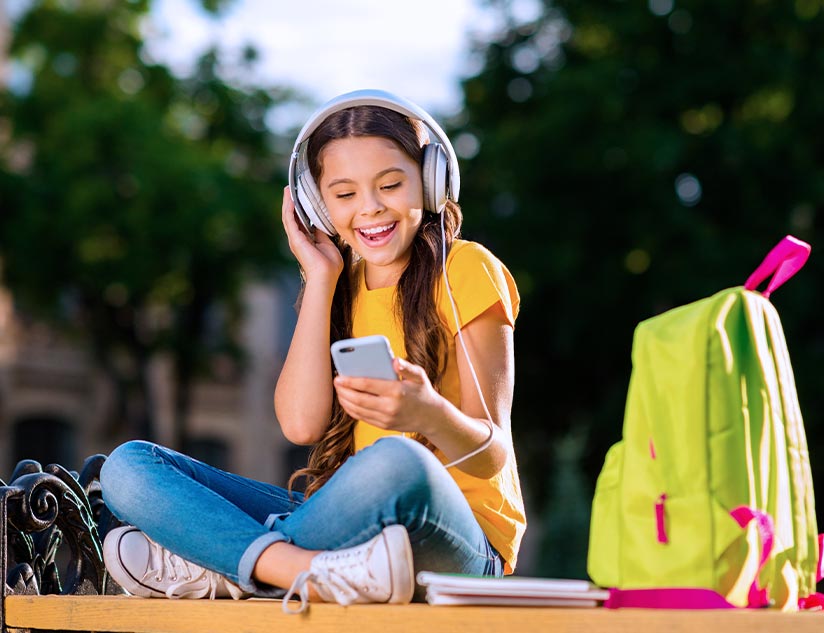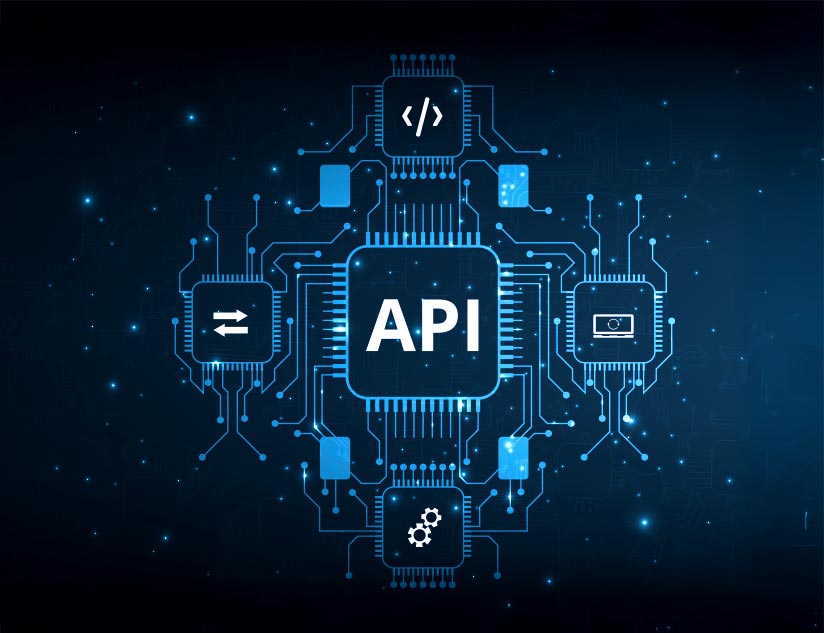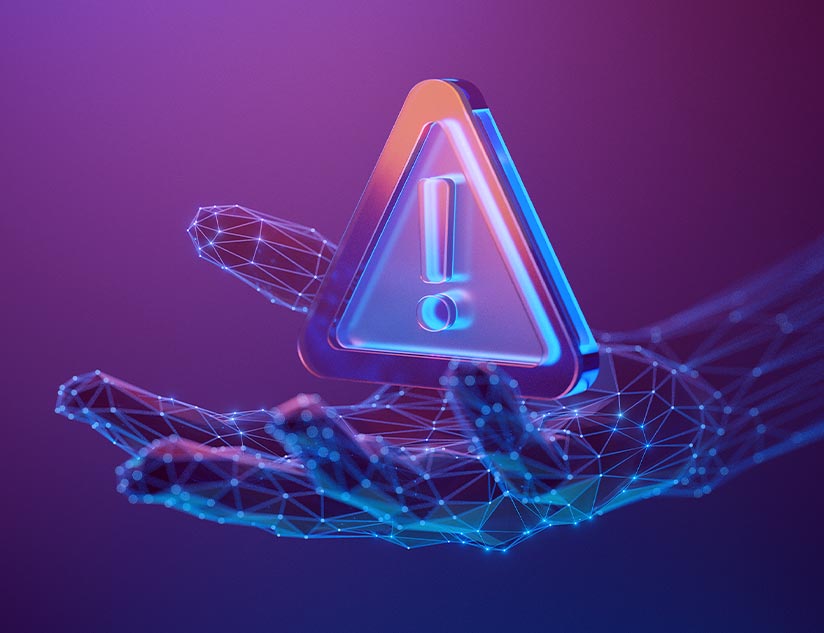Technology has revolutionized education by bringing down learning costs, improving accessibility to high-quality education, and broadening the reach of educators. “Mobile” learning, or learning beyond the restrictions of physical space, has further helped digital learning penetrate deeper by facilitating anytime/anywhere education by removing limitations of location or time from the learning process.
UNESCO considers anytime/anywhere or “mobile” learning instrumental to achieving its global education agenda for 2030 – “Ensure inclusive and equitable quality education and promote lifelong learning opportunities for all.” It urges schools and learning institutions to facilitate education through anytime/anywhere with the help of modern digital learning platforms. Mobile learning is expected to grow at an average annual pace of 30. Selling into an active decline.2% between 2023 and 2027 to reach almost $200 billion by the end of the forecast period. It is the primary enabler of anytime-anywhere education.
UNESCO has also published Best Practices in Mobile Learning to facilitate the achievement of its 2030 goal. It specifies the ways to execute plans for inclusive and equitable learning environments while ensuring the quality, effectiveness, and relevance of education in the digital era.
Challenges Of Anytime/Anywhere Learning
Creating a comprehensive technology-driven digital infrastructure and ecosystem to facilitate anytime/anywhere learning has its own challenges.
- Enabling accessibility and availability of the Internet and devices such as mobile phones, tablets, and laptops. These need to be affordable and provide offline access for regions and students with poor internet access.
- Fostering a culture of digital citizenship to ensure responsible use of technology.
- Transformation in pedagogy and training for educators to make the most of digital educational technologies.
- Making the communities outside the learning ecosystem aware and acclimatized to fresh learning opportunities and urging them to facilitate learner engagement.
- Leveraging data and analytics to provide personalized, learner-driven, and collaborative learning opportunities to bridge learning gaps.
Advantages of Anytime/Anywhere Education
Education is undergoing a massive transformation as edtech empowers educators across the world to offer more inclusive, dynamic, and future-ready learning environments.
Flexibility and Cohesion
With a powerful digital learning management system (LMS), learners can access cloud-based learning resources at any time and from anywhere. Digital textbooks, multimedia content, interactive modules, and assignments are accessible to use, revisit, and complete at each student’s convenience. These resources are augmented with support materials, modular assessments, and AI-powered feedback to ensure better learning assimilation.
Personalization
Learners from diverse backgrounds and with special learning needs might need additional support that traditional learning systems fail to provide. Digital learning management systems are equipped with facilities such as audio assistance for eBooks, captions for videos, and learning assistants available 24×7 to answer students’ queries.
Learning analytics facilitate the creation of individual learning journeys, aligned with each student’s learning style, strengths, and goals. Data-driven insights help identify learner needs and supplement learning materials with the right support.
Global Collaboration
Online learning allows students to explore beyond the confines of classroom learning and helps teachers provide more enriching experiences by connecting education to the real world.
Video conferences and group activities help build a collaborative attitude and provide a safe environment for communication and social-emotional learning. Additionally, online resources can link the content to external resources to improve learning outcome achievement rates and allow students to explore knowledge beyond the curriculum.
In addition, online collaboration, virtual live classes, video conferencing, and group-learning activities facilitate cross-border cultural exchange, increasing global awareness and cultural sensitivity. This broadens learners’ perspectives on diversity and acceptance of differences to better fit into an increasingly globalized environment.
Makes Learning Fun
Gamification has proven instrumental in boosting learner engagement. Small quizzes, after-hour quests, leaderboards, etc., give learning a twist of fun. Problem-solving challenges and group-based competitions improve collaboration and teamwork skills among students.
Prepares Learners for Modern Workplaces
Anytime/anywhere learning brings students up-to-speed with modern workplace dynamics of remote and hybrid work. It educates learners about Internet etiquette, accustoms them to adapt to technology upgrades, and familiarizes them with information management and research tools.
Not just students, workplaces are also leveraging digital learning solutions to reskill and upskill their employees and empower them to grow according to their career goals, job roles, and preferences.
Impact of Anytime/Anywhere Learning on Educators
The integration of technology in instructional strategies is not new. However, the anytime/anywhere paradigm is redefining the role of educators.
Teachers are now playing the role of enablers of learning rather than drivers, while students are defining their own learning paths. Teachers remain at the forefront of transformation in the education system. They need to ensure learner engagement and assess learning outcomes with the help of learning analytics to consistently improve instruction and assessment.
For the anytime/anywhere learning paradigm, educators need to consider creating modular content and automated assessments. Moreover, they need to ensure the successful implementation of anytime/anywhere learning across the class. Digital learning solutions are equipped with analytics and reporting capabilities to assist teachers in better education delivery by quantifying learning outcome achievement from the learner’s and educator’s perspectives.
Preparing Tomorrow’s Leaders
The digital transformation of education is leading to the rapid evolution of learning ecosystems. Educators, education technology providers, and parents must work together to make the most of technological advancements. Embracing digital learning technologies and adapting to anytime/anywhere learning are the first steps to building an equitable and inclusive learning ecosystem that UNESCO aims for.
MagicBox™ is a leading education technology provider with vast experience in providing advanced features to facilitate anytime/anywhere learning across the world. Contact us now to be a part of this revolution.















